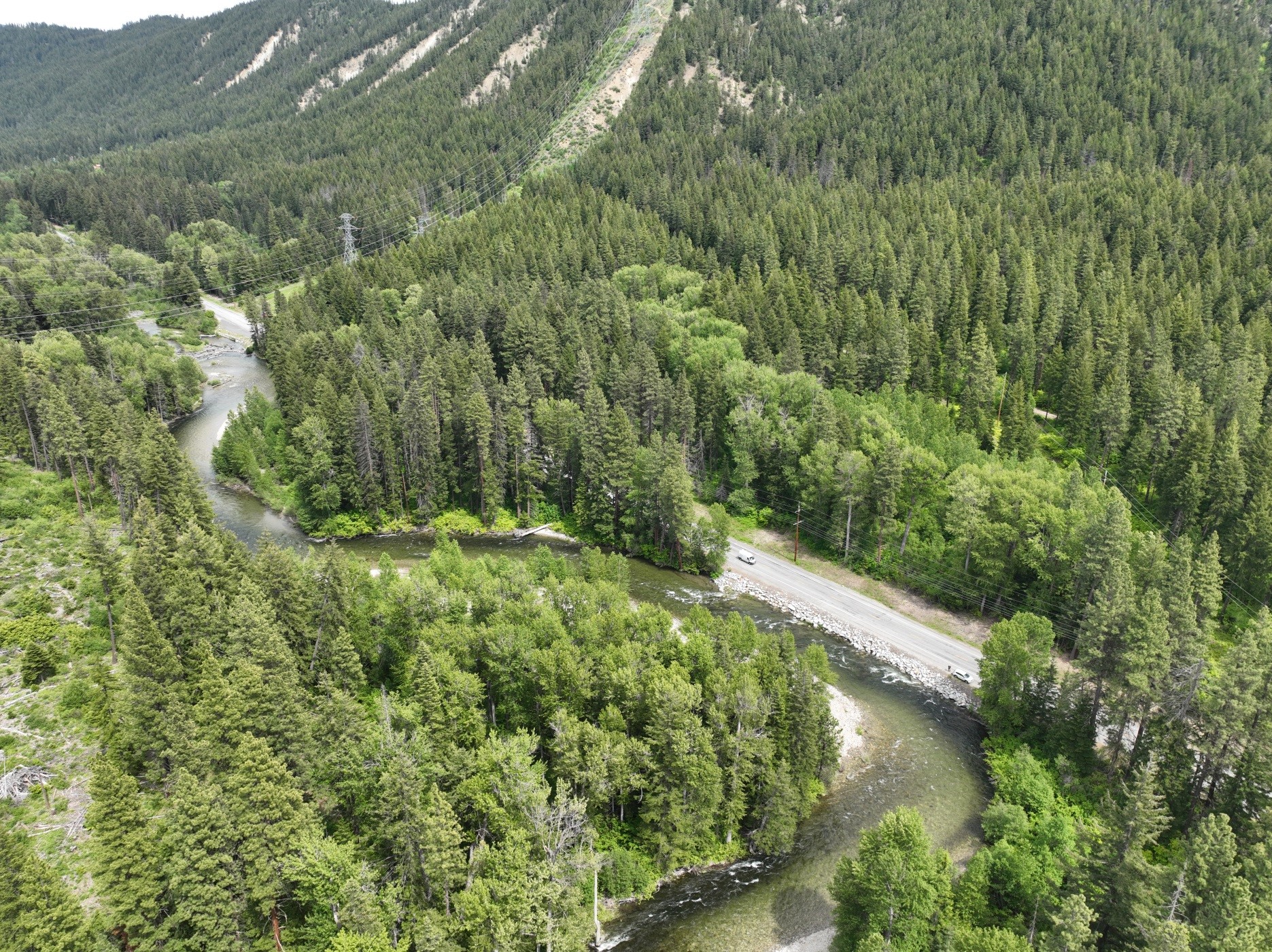RFP - On-Call Wetland Assessment and Environmental Permitting Services
Yakama Nation Fisheries is seeking proposals from qualified Wetland Assessment and Environmental Permitting firms to award a new consultant services contract for wetland assessment services in support of salmon habitat restoration projects taking place in the Upper Columbia Region (including the Methow, Entiat, and Wenatchee Valleys) in Chelan and Okanogan Counties, Washington. Based upon the proposals received under this solicitation, the Confederated Tribes and Bands of the Yakama Nation will award a one-year on-call contract to the best quality bidder for the Scope of Work described wit
Yakama Nation Fisheries State Route 207 Project - Chelan County
Welcome to the Yakama Nation Fisheries (YNF) State Route 207 Project Summary Webpage.


Upper Yakima Bull Trout Restoration and Monitoring Project
What We Know About Upper Yakima Bull Trout Populations: Isolated populations of bull trout living in the Upper Yakima Basin face significant challenges such as blocks to adult migration, degraded instream habitats, and invasive species. Sensitive to warming temperatures, they are also increasingly challenged by a changing climate. As a result, Yakima Basin bull trout populations currently consist of low numbers of adult spawners. Extreme seasonal dewatering presents an additional challenge, resulting in frequent stranding and desiccation of juveniles.
Mel Sampson Coho Facility
Background: During the pre-treaty era, 44,000 to 150,000 coho returned to the Yakima Subbasin annually. By the mid-1980s they were extinct. Habitat loss and overharvest are factors that led to the extinction. The fish’s cultural significance combined with U.S. v. Oregon objectives to restore salmon to upriver areas resulted in the release of hatchery fish (raised outside the subbasin) beginning in the mid-1980s.
Yakima Basin "Wood Fiesta"
The Yakima Basin "Wood Fiesta" Helicopter Aquatic Restoration project is a multi-watershed collaborative effort aimed at enhancing aquatic habitat in remote watersheds that have been greatly altered by past management practices. Large wood will be placed in stream and on the floodplain of seven Yakima River tributaries using a helicopter to improve habitat for native fish species. The projects are located in remote areas where terrain and or vegetation limits the use of ground-based equipment to place large wood. More information on these projects and associated temporar
Yakama Nation Superfund Section Technical Consultant RFQ
The Yakama Nation requests qualifications (RFQ) from engineering and consulting firms to accomplish the work elements outlined in this Request for Qualifications (RFQ) and provide technical assistance to support YNF’s work on cleaning up and restoring hazardous waste sites in the Columbia River Basin. Yakama Nation will review the response to this RFQ to establish one or more technical support contracts. This RFQ will be considered viable for contracting purposes for FY2018, 2019, and 2020.
The RFQ can be found below in the Project Downloads.
Natapoc Habitat Enhancement Project (Large Woody Material Option)
This project entails placing large woody material (LWM) along the mainstem Upper Wenatchee River in crib-like structures. The length of the treatment will be for approximately 100 yds. however; the treatment will be non-continuous in favor of utilizing gaps in the riparian canopy as well as further minimizing disturbance to riparian bank vegetation for exact structure placement.
Nason Creek Recreation and Large Wood Assessment
This report presents the findings of the Nason Creek Recreation Assessment. The goal of this study is to support the work of the Yakama Nation and partners as they continue to seek ways to balance the ecological benefits of habitat restoration projects for salmonid species with the safety and recreation experience of river users.
This study employed a mix of qualitative and quantitative methods to achieve the following objectives:
- Characterize existing boating recreation use levels;
Xapnish Property (by Yakama Nation Wildlife)
Xapnish Property - Toppenish Creek
